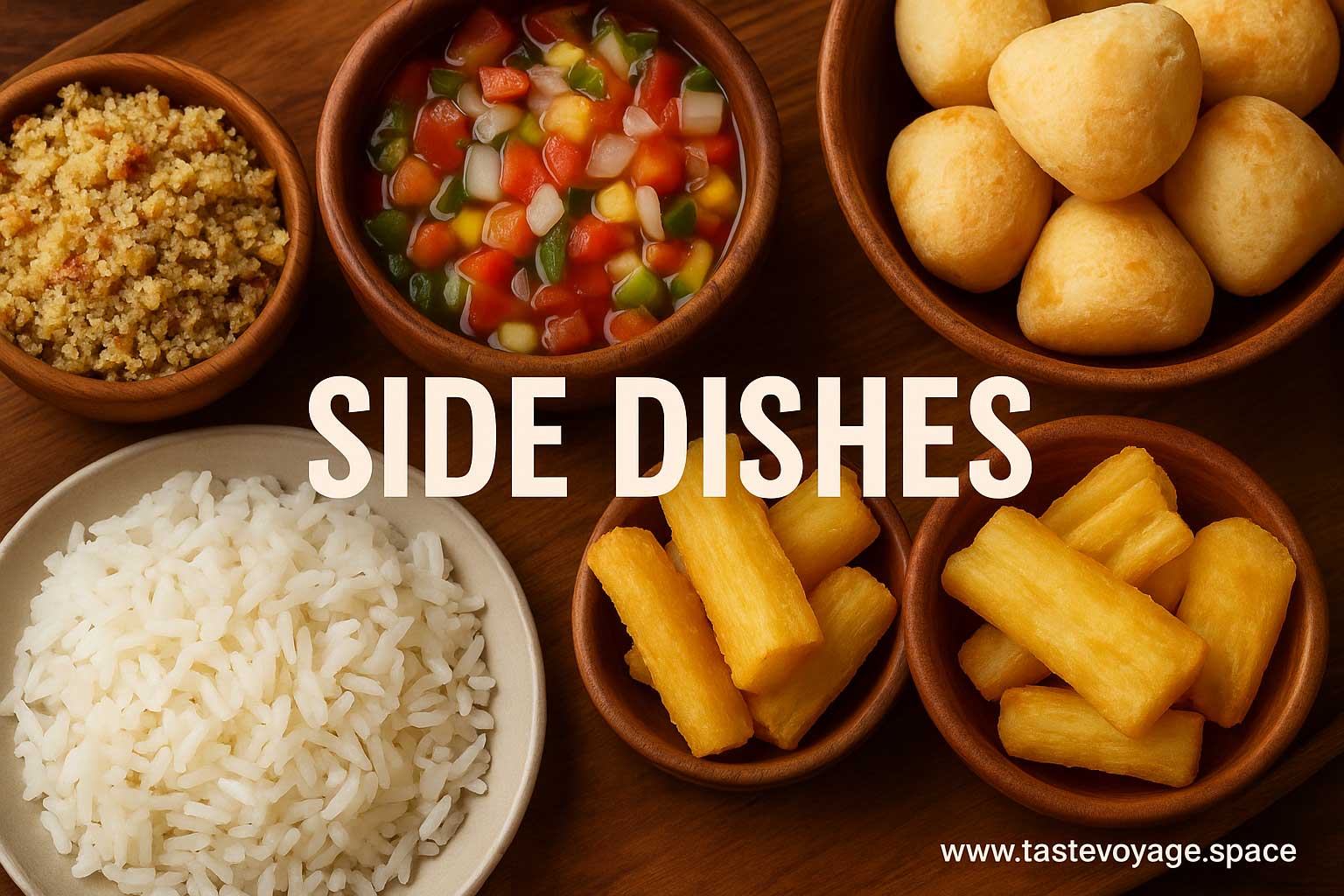How to Make Delicious Brazilian Mandioca Cozida (Boiled Cassava)
Travel the World Through Food >> Brazilian Cuisine>>Side Dishes>> How to Make Delicious Brazilian Mandioca Cozida (Boiled Cassava)
How to Make Delicious Brazilian Mandioca Cozida (Boiled Cassava)
Discovering the Charm of Brazilian Mandioca Cozida (Boiled Cassava)
Brazilian Mandioca Cozida, also known as boiled cassava, is more than just a humble root vegetable. It holds a special place in Brazilian culinary traditions and cultural expressions, representing a connection to the land and its rich agricultural history. Its simple preparation and versatile nature make it a staple in many households, festivals, and celebrations across Brazil.
A Cultural Staple with Deep Roots
Mandioca, or cassava, has been a vital part of Brazilian Cuisine for centuries. This starchy root is native to South America and has been cultivated and cherished by indigenous communities long before the arrival of modern culinary influences. Today, mandioca cozida remains a frequent feature on Brazil’s dining tables, often served alongside grilled meats, seafood, or fresh vegetables.
The significance of mandioca extends beyond its nutritional value. It embodies resilience, adaptability, and a deep connection to Brazilian heritage. Whether enjoyed as a simple snack or incorporated into elaborate dishes, boiled cassava symbolizes comfort and tradition, uniting families and communities through shared culinary experiences.
Culinary Significance in Brazilian Cuisine
Brazilian mandioca cozida is celebrated for its natural, earthy flavor and tender texture. Its mild taste allows it to complement a variety of ingredients and dishes, making it incredibly versatile. It is often served as a side dish, providing a hearty and satisfying accompaniment to main courses such as churrasco (barbecue), feijoada (black bean stew), or fresh salads.
The preparation of boiled cassava highlights the skill and attention to detail of Brazilian cooks. The process emphasizes simplicity—cleaning, peeling, and boiling until soft—yet the end result is rich in cultural value. Mandioca can be enjoyed plain or with a drizzle of olive oil, a sprinkle of sea salt, or even topped with fresh herbs, showcasing its flexibility.
Celebrating the Simplicity and Richness of Mandioca Cozida
One of the most captivating aspects of mandioca cozida is its ability to bring people together. It’s often featured in family gatherings, festive meals, and community events, reflecting the importance of sharing good food in Brazilian society. Its nourishing qualities make it a comforting choice for many, offering sustenance and A Taste of tradition.
Moreover, mandioca’s role in Brazilian cuisine is further amplified through its cultural symbolism. It signifies abundance, resilience, and the celebration of nature’s bounty. Its presence on the table reinforces a sense of continuity with generations past, connecting people through shared flavors and stories.
An Inviting Experience for All
Whether you are exploring Brazilian cuisine for the first time or seeking to deepen your appreciation of its culinary diversity, mandioca cozida invites you to enjoy its understated elegance. Its unpretentious nature makes it accessible and appealing to all, offering a taste of Brazil’s rich culinary heritage.
In conclusion, Brazilian mandioca cozida is more than a simple boiled root; it is a testament to Brazil’s vibrant food culture. Its humble origins and versatile charm make it a beloved dish that embodies tradition, resilience, and community. Embrace this culinary treasure and experience the authentic flavors that have nourished generations.
